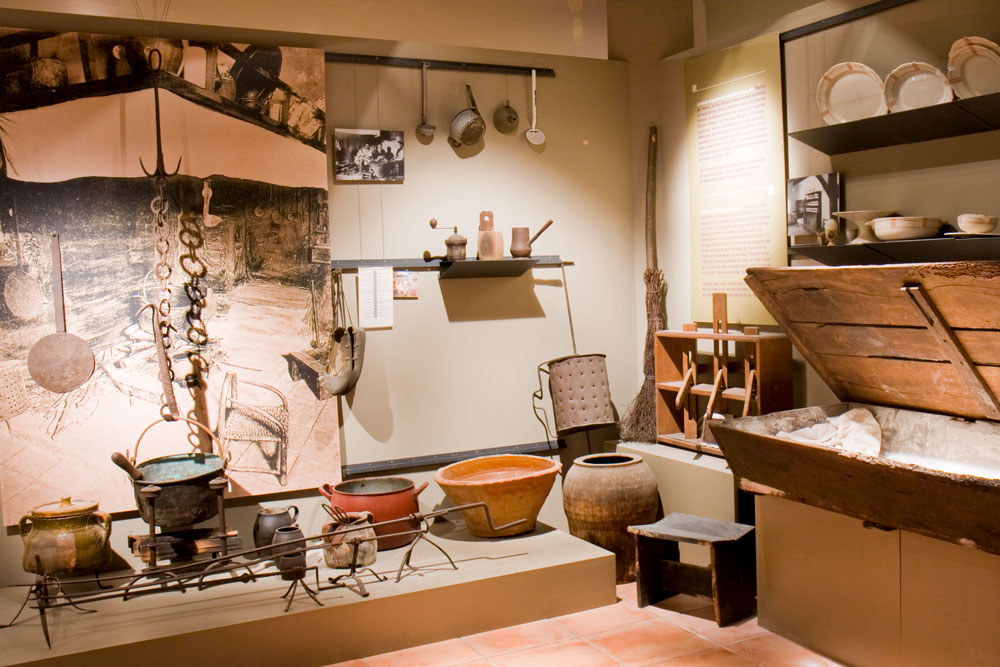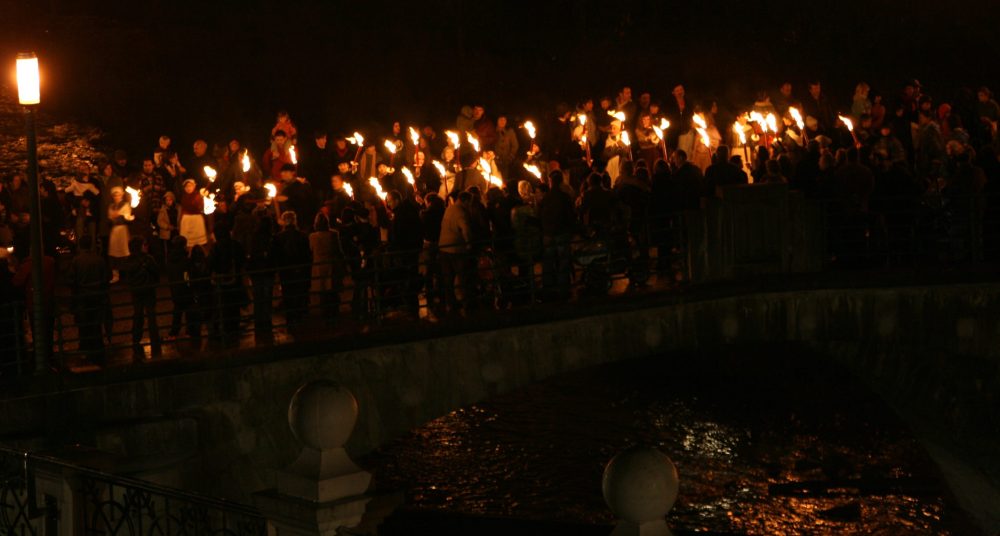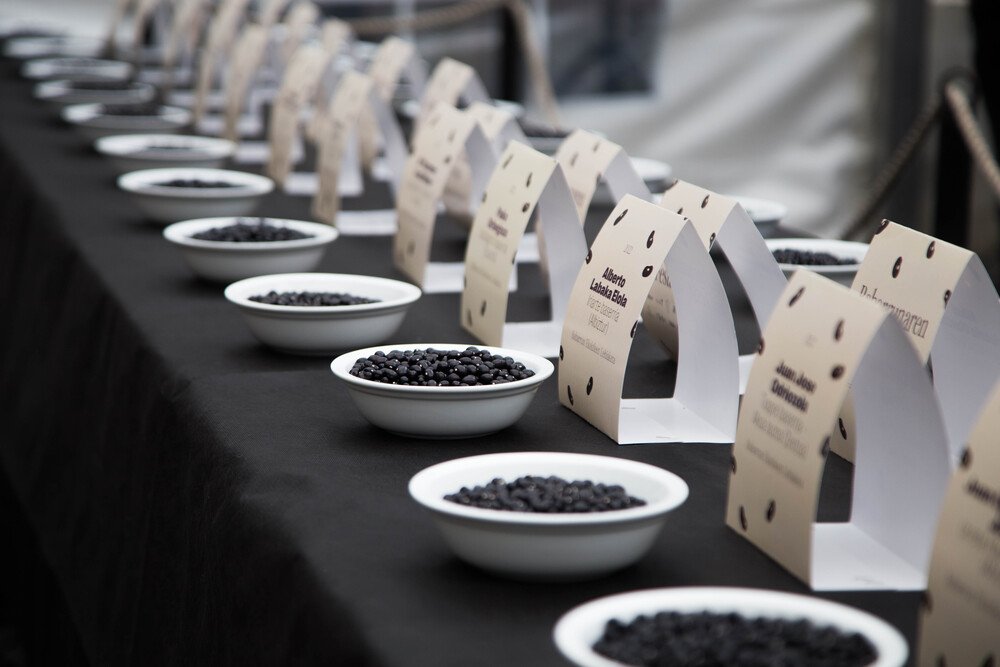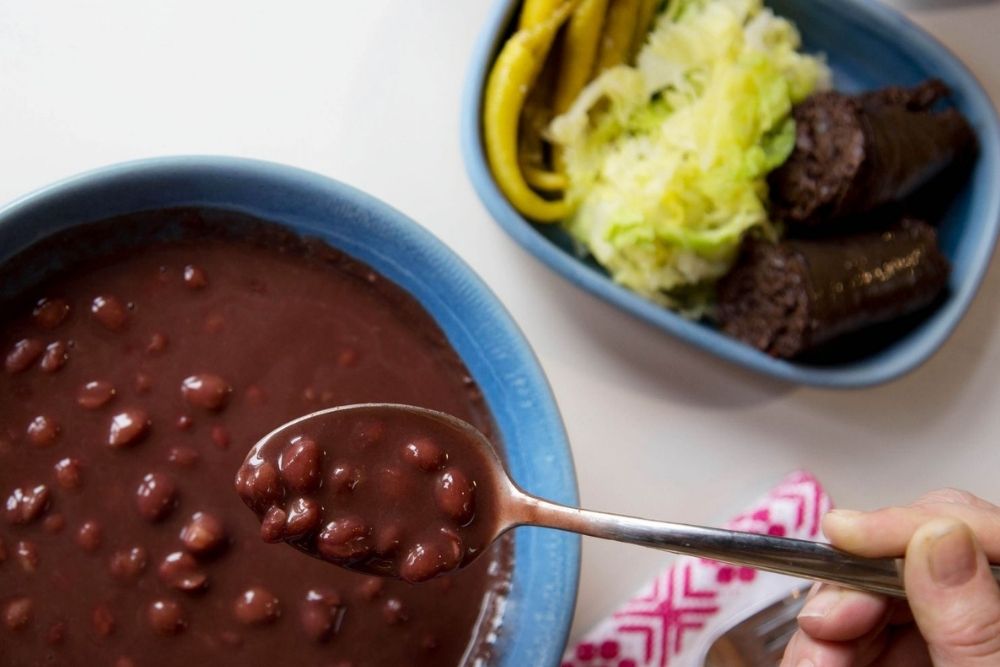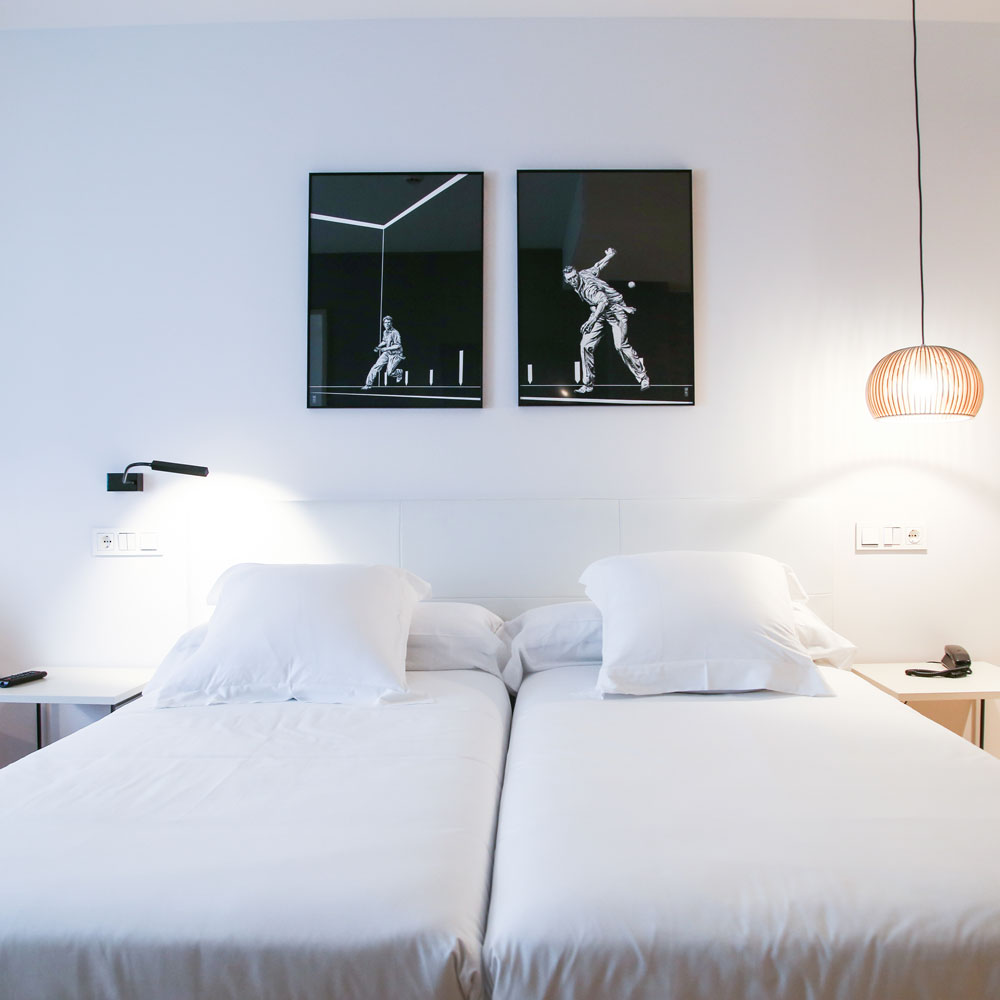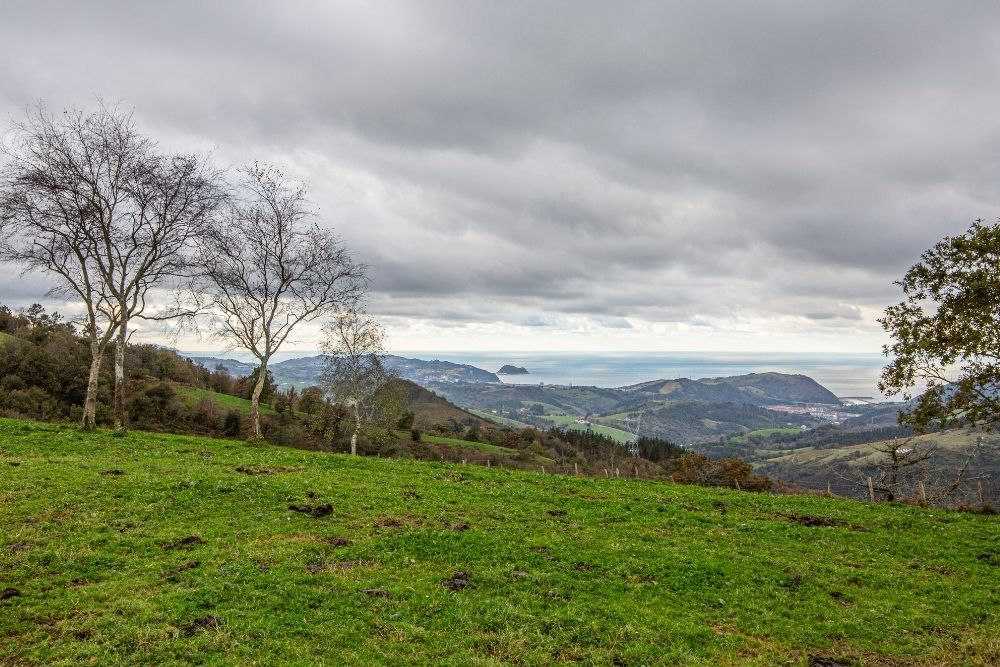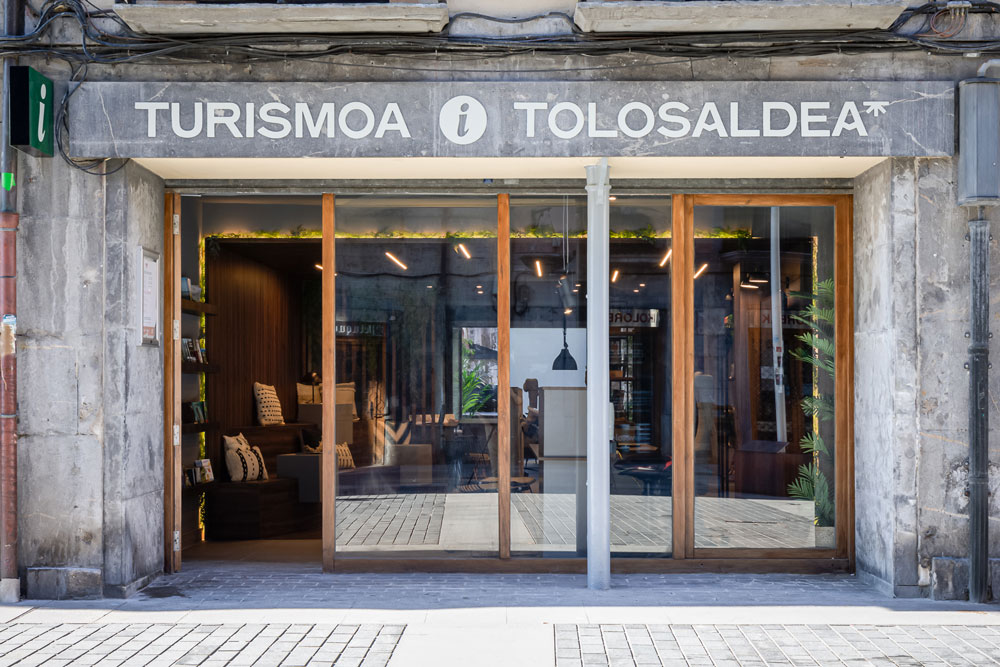Larraul facts
Population
257 inhabitants
Festivities
San Esteban, 3rd August
Aiztondo valley’s balcony
Natural terrace halfway to the top of Murgil mountain, at an altitude of 240m. From the peaceful square there’s a beautiful panoramic view. The road to get to the village starts in Asteasu, with whom they shared the mayor’s office of Aiztondo valley until they separated in 1766.
Other points
of interest
SanEstebanchurchanditsgrisaille
It’s the oldest building in the village: from the 14th century, Gothic-Reinassance style. During some refurbishment works a 16th century grisaille was discovered behind the altarpiece, a Romanesque piece reflecting a sumptuous classical altarpiece. Painted with tempera by an unknown artist, is the only one of this style in Gipuzkoa. The arcade is also very interesting.
LarraulEcomuseum
Ethnographic museum which shows the rural life and lifestyle in Basque farmhouses, with pieces about architecture, religion, sports or festivities: ploughs, spades, carts, tools, cooking pots...It can be visited upon request, scheduling the time of the visit in advance.
Sorarrainfarmhouse
Built in medieval times on the steep hillside of Usarrabi, it was rebuilt at the early 18th century. The three backside corridors were reused from a former farmhouse. Listed as Cultural Heritage site by the Basque Government.
Txurigainmill
Since the 14th century Larraul has used Usarrobi stream’s hydraulic force. There used to be different mills, as well as a forge and several limekilns. The renovated Txurigain mill, very close to Asteasu, is a good example of the beginning of industrialisation on the Basque Country. Everything can be visited through a walk around the area.



